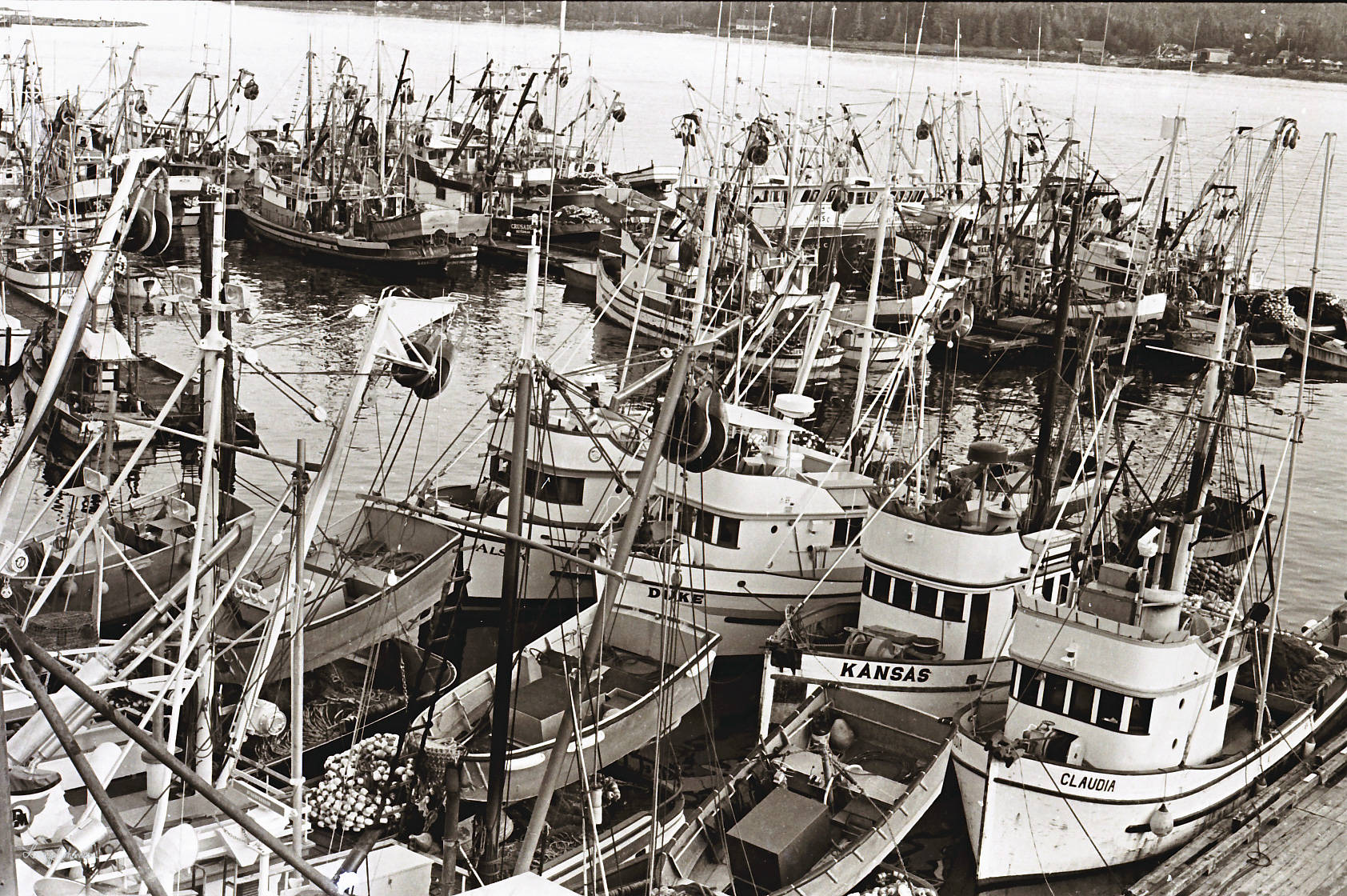This is the season of pumpkins, skeletons, and frightening things in the closet. Maybe it’s why opponents of Ballot Measure 1 are using scare tactics to influence your decision. Most of their scary stories are about a bogeyman called the federal government. By using the road and the pipeline as examples of how the “bogeyman” will come if you vote for this initiative, the opponents are using scare tactics. The federal government has no authority by this initiative and the examples quoted by opponents to Ballot Measure 1 come from cases where the federal government has had jurisdiction.
The facts are that this initiative is a proposal to implement a state regulation, and can be entirely revoked, revised, or enhanced by the Legislature in a year after it’s been in effect. If we the citizens of Alaska at least put up something to protect salmon habitat, it would only last a year before industry lobby sharks will be able to start tearing into the initiative.
So how might the federal government get involved in the regulation of Alaska salmon? In Washington the federal government got involved only after the state failed to protect their salmon and the resource collapsed overnight. Fisherman, sport fishing, and recreational fishing and the economies they support disappeared before their very eyes.
This haunted story is entirely true and the bogeyman really came. The EPA declared the salmon an endangered species which gave it the authority to intervene on the state and local levels. When the city of Seattle modified their watershed plan, the EPA required a plan to recapture fish habitat. The cost of those efforts are now built into utility rates that will forever be included in those fees. Needless to say, the finances of restoration come at an exponential cost compared with the price tag of prevention.
That price is a bargain because most of the salmon habitats in Washington are unrecoverable. The example from Washington that best fits Alaska is the Elwha River restoration that falls under federal jurisdiction on the account of being located mainly within Olympic National Park. The Elwha River Ecosystem and Fisheries Restoration Act of 1992 was signed into law by President Bush and spent $350 million dollars to restore the river habitat. It is a success story in that salmon have returned and have reinvigorated the people who once lived by their relationship to them. It is a warning story for Alaskans who need to realize that an ounce of prevention is more than worth the ton of cure that would be needed if we are not wise now.
Let’s look at the facts and be brave for our children’s future. Show them there is no bogeyman by voting yes on Ballot Measure 1.
• Larry Johansen lives in Juneau.

